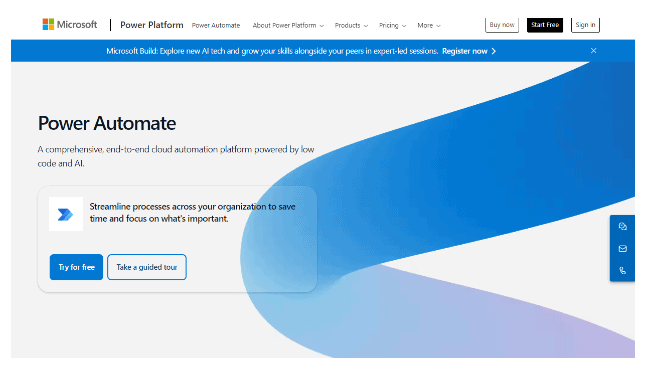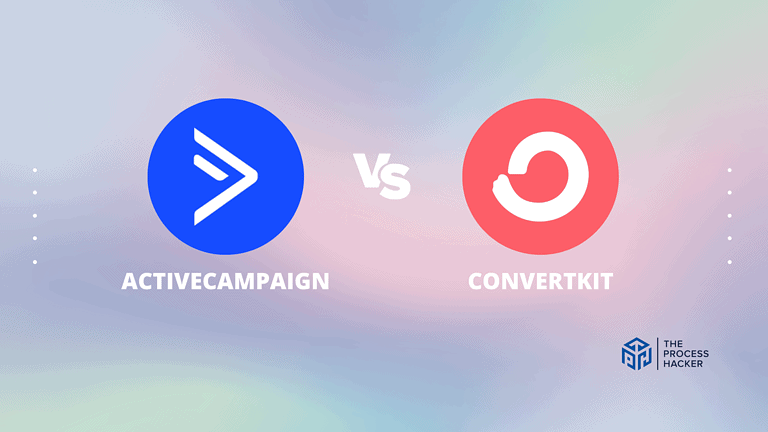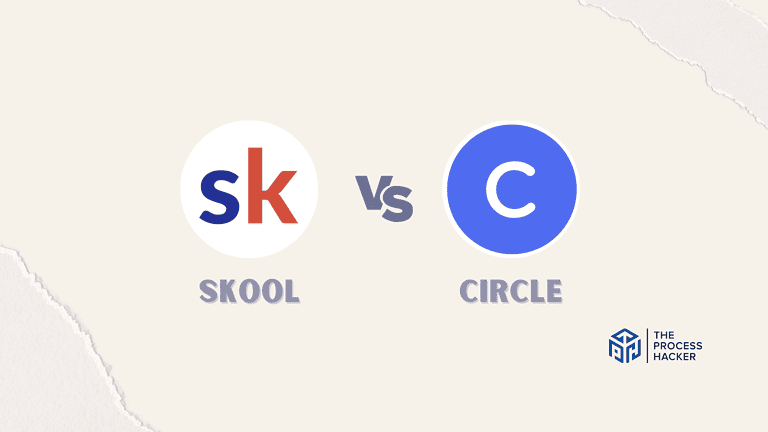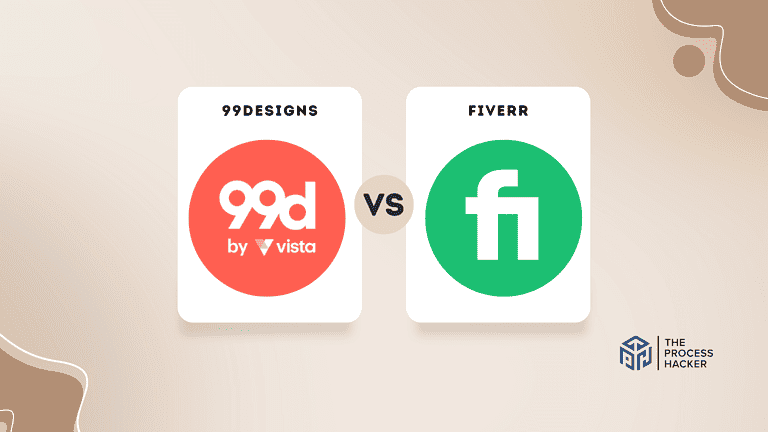How to Tell a Compelling Product Story?
Are you struggling to make your product stand out among the sea of competitors? Do you find it challenging to captivate potential customers and convince them to choose your brand?
Well, you’re not alone. In today’s fast-paced world, where products seem to be constantly evolving, it can be challenging for small businesses to differentiate themselves and create a compelling story for their offerings.
A good story can resonate, inspire action, and make your product more relatable and memorable, emphasizing the importance of telling a compelling and relatable narrative to create an emotional connection with the audience.
But fear not; this blog post is here to help. We’ll uncover the secrets behind crafting a powerful product narrative that will grab attention, build trust with consumers, and ultimately lead to conversions, ensuring your core message is clear and concise.
So buckle up and get ready to learn how to create a captivating product story that will set your business apart from others in the market.
What is a Product Story?
Many companies constantly search for innovative ways to stand out in the competitive marketplace.
Integrating storytelling into product design is an effective strategy that has proven its worth. By going beyond showcasing features and benefits, storytelling seeks to create an immersive experience that leaves a lasting impression guided by a clear product vision.
Human beings are naturally drawn to stories that stir their feelings, whether it’s joy, nostalgia, or excitement. Storytelling in product design taps into these emotions and infuses products with narratives that resonate with an individual’s feelings. This way, businesses can forge deeper connections with consumers, which can lead to increased engagement and loyalty.
While storytelling in product design isn’t new, many businesses have yet to realize its potential to elevate a product’s value. Typically, a good product design team must work with brands to incorporate compelling storytelling.
Fortunately, there are plenty of resources that can help with your business’s needs. If you are a brand looking for product design in New Zealand, you can find a wealth of options.
What is a Product Story?
A product story is more than just a description of a product. It is a narrative that communicates what the product stands for and why it matters.
A good product story considers the product’s history, design, purpose, and impact. Product stories can create emotional connections between customers and products, helping brands build loyalty and trust.
By sharing personal stories of how a product was made, what inspired its creation, or how it has impacted people’s lives, companies can make their products more meaningful, memorable, and valuable. A product story is an essential tool for marketing and branding, as it helps products stand out in a crowded marketplace and differentiate themselves from competitors.
The role of the product manager is crucial in this process, as they are responsible for communicating with different audiences, crafting a compelling product story, and aligning teams and stakeholders around the product roadmap and value.
What is a User Story?
A user story is a powerful tool in the product development process. It is a short, simple description in a few sentences of the user persona or user’s perspective.
When you conduct user research and write user stories, you help understand a user’s problem, needs, and goals. The product development team can then use the user personas to guide building product features.
A well-written user story focuses on the user’s tasks, goals, and expectations rather than technical details or implementation. By writing user stories, development teams have a clearer understanding of what the end-user wants and can develop products that meet their needs.
In short, user stories help bridge the communication gap between product developers and end-users, resulting in better products and happier customers.
How to Use Product Storytelling to Build a Strong Connection with Your Users
Storytelling is an art that is central to effective product design. The key to success is a compelling narrative that encapsulates the brand’s essence and resonates with your target audience. This narrative serves as a guiding framework for all design decisions, from packaging and branding to user experience.
1) Identify Core Values and Message
To create a captivating narrative, businesses must first identify their core values and messages that they wish to convey. These values may include themes such as innovation, sustainability, or social responsibility.
By articulating these values clearly, brands can establish a sense of authenticity that resonates with consumers. Additionally, businesses must understand their target audience and their needs to craft a message that will genuinely resonate with them.
2) Use Stories to Communicate
Once the core values and message have been identified, businesses can use storytelling techniques to convey these ideas to their audience. This can be done through various mediums, such as marketing campaigns, social media posts, or even user manuals.
This involves weaving together elements such as characters, settings, and plotlines to create a cohesive and engaging narrative arc. Incorporating user stories into this process is vital, as they keep the product team focused on user needs and problems, ensuring the narrative remains relevant and compelling.
3) Utilize User Insights
In today’s digital age, businesses can access valuable user insights through data analysis. By analyzing user behavior and preferences, companies can better understand what resonates with their audience and tailor their content accordingly. This can also help identify any pain point or gap in the user experience that needs to be addressed.
Furthermore, incorporating user feedback and reviews into content creation can add a personal touch and build trust with potential customers. By showcasing real experiences and testimonials from satisfied users, businesses can showcase the value of their product or service and establish credibility.
A well-written story that includes the personal experiences of users can capture the attention and make a solid first impression on the audience. Whether it’s the story of how a product came to be or the journey it takes the consumers on, a compelling narrative can impact the audience’s thoughts and emotions.
So, feel free to unleash your creativity and develop a story that will connect with your audience.
What are the Key Elements of Effective Product Storytelling?
Now that we know storytelling is a powerful tool to help you create a solid emotional connection with your audience, let’s discuss the key elements that contribute to its effectiveness:
1) Authenticity
First and foremost, authenticity is key. Your audience is smart and can quickly spot a fake story.
You can build trust and credibility with your customers by staying true to your brand values and experiences. Remember, honesty is the best policy.
2) Emotion
But great storytelling is not just about being genuine. It’s also about evoking emotions!
Whether it’s excitement, nostalgia, or empathy, emotions are central in shaping consumer perceptions and behaviors. By understanding your customers’ pain points, you can enhance this emotional connection and make your product experience more relatable and urgent.
3) Relatability
And what about relatability? When consumers see themselves reflected in the narrative, they are more likely to feel a personal connection to your brand and its products.
By incorporating familiar themes and situations, you can create a sense of empathy and understanding among your audience. This not only strengthens their emotional connection but also builds trust and loyalty.
4) Compelling
But a good story is not complete without a compelling narrative. It’s what captures and maintains consumer interest.
You need to develop rich storylines that unfold over time to keep consumers engaged and invested in your products. Make sure your narrative clearly showcases how your product solves their problems, making the solution an integral part of the story that helps consumers understand why they should choose your product over others.
5) Simplicity
Keeping things simple is also essential for effective communication. Complex narratives may confuse or alienate consumers, which can detract from the overall experience.
Focusing on clear and concise messaging can ensure your stories resonate with a wide audience. This simplicity also applies to the user experience—ensure your product is user-friendly and easy to navigate so consumers can easily find what they need.
6) Visual Imagery
And last but not least, don’t forget about the power of visual tools! Imagery, color schemes, and design aesthetics enhance the storytelling experience.
By creating visually appealing products and packaging, you can reinforce your narratives and leave a lasting impression on consumers. Additionally, incorporating visual elements such as infographics or videos can help simplify complex information and make it more engaging for audience members.
So, there you have it! By incorporating these key elements into your storytelling, you can create an engaging and memorable experience for your customers. Get creative and start telling your story today!
Key Considerations For Successful Product Storytelling
Compelling storytelling can be a game-changer in product design. But it’s not just about telling a good story—it’s about telling the right story to the right people.
1) Know Your Audience to a Deep Level
To do this, businesses must deeply understand their target market. This means knowing their demographics and interests, as well as their pain points, desires, and motivations.
This involves conducting market research, surveys, and focus groups to uncover valuable insights that can help craft narratives that resonate with consumers. It is also crucial to involve the entire product team, including product marketers, owners, managers, UX/UI designers, and developers, to ensure everyone is on the same page.
2) Slowly Integrate Storytelling Into Your Design Process
Then, start integrating storytelling elements into your product design process. This involves brainstorming sessions, mood boards, and creative workshops to develop compelling narratives that resonate with consumers.
Using technical but user-focused vocabulary is important to engage your development team in the storytelling process effectively. By understanding the ‘why’ and ‘how’ behind the product, they can craft a narrative that feels authentic and compelling.
3) Strive for Continuous Improvement
But storytelling is not a one-time event. It’s a continuous process that requires constant evaluation and refinement based on feedback and data analysis.
Brands can solicit input from consumers and monitor market trends to ensure that their narratives remain relevant and compelling over time. By staying agile and open to improvement, brands can continue to captivate their audience through storytelling.
Storytelling offers a powerful means of creating a strong and deep connection with consumers. By crafting compelling narratives that resonate with your audience, you can differentiate your products from others and create an emotional connection with your customers.
So, embrace the power of storytelling and unlock its full potential in your brand’s product design efforts!
Take it to the Next Level: Read “Building a Story Brand”
Are you looking for ways to enhance your product storytelling? Well, you’re in luck! There’s a fantastic book out there that can help you achieve just that.
Donald Miller’s “Building a StoryBrand” is packed with practical advice and real-world examples to help you define your unique value proposition and craft a compelling story that resonates with your target audience.
By refining your storytelling skills, you can stand out from the competition and establish an authentic, emotional connection with your customers, leading to long-term loyalty. Miller’s approach breaks down the elements of a successful product story into clear and actionable steps, making it easy for businesses to implement their marketing strategies.
So, why take a step toward improving your product storytelling today? Dive into “Building a StoryBrand” and discover how to connect with potential customers on a deeper level and leave a lasting impact. Trust us; you won’t regret it!
Final Thoughts on Creating Product Stories
Now that you understand the power of storytelling, it’s time to integrate it into your product strategy and development process. As a business owner, it’s your responsibility to not only create a great product but also to communicate its value to consumers effectively.
By leveraging storytelling techniques, you can tap into your audience’s emotions and desires, making them connect with your product on a deeper level. From concept ideation to design and marketing, weaving storytelling into every step of the process will set your product apart from the competition and ultimately drive its success in the market.
So don’t underestimate the art of storytelling – embrace it and see how it transforms your product into something truly special. Take action now by incorporating storytelling into your design process, and watch as your product resonates with customers like never before!
What are you waiting for? Get started on crafting an impactful narrative that will captivate and engage your audience today!







